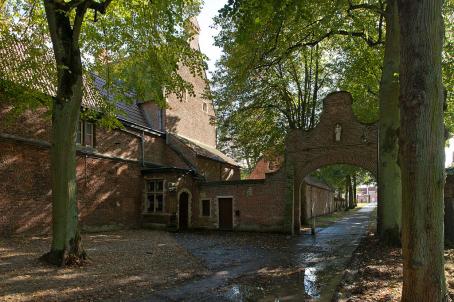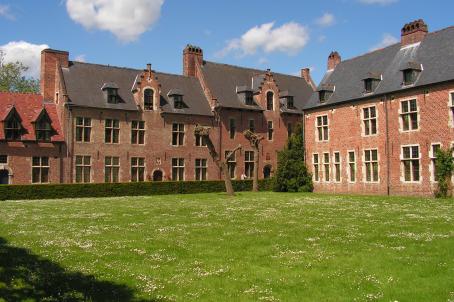Sint-Pieterskerk, Bertem

Sint-Pieterskerk is one of the best examples of Maasland Romanesque style. It was probably built in the early 11th century. The cemetery wall and death house are much more recent, built in 1910. The pipe organ was built by Lambert Corneille of Peteghem (Ghent) between 1829 and 1831.





